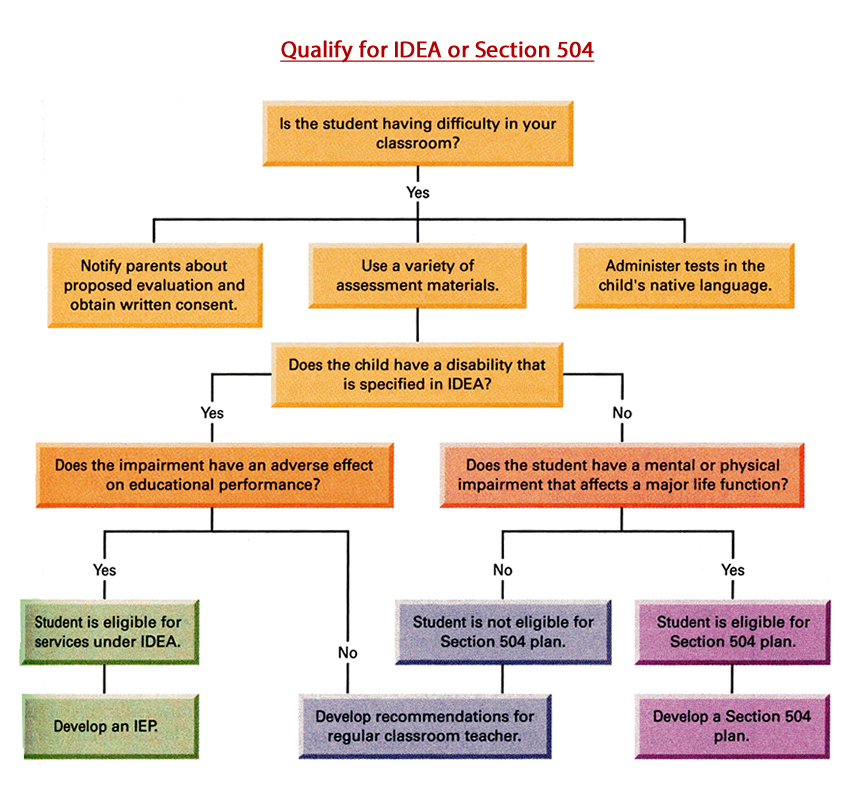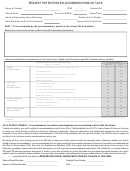


clear, concise instructions that are at child’s ability.having someone read the material to them.use only 1 question or instruction task at a time if the child cannot do 2-3 part questions.allow 5 or 10 seconds (whatever child needs) processing time when a request is made.do not use sarcasm or inferences when communicating with the student.minimal use of open-ended statements or questions.schedule on the blackboard (or whiteboard/smartboard, I know, I’m old using the word blackboard).time warnings and increased transition time.personal timeouts to regroup and prepare for the transition.visual cues in hallways to guide the child to the next classroom or cafeteria.access to the resource room or learning support room.small group instruction with appropriate intervention.recess and group activities to be designed with IEP goals in mind.adapted recess with adult lead activities to increase peer interactions.adapted lunch setting to reduce sensory stressors.high contrast materials, limited visual clutter.

“hot pass” or “cool off card” which is a card the student gets and they can leave class, flash the hot pass to the teacher, and go to the office, guidance counselor, nurse (designated ahead of time) to cool off, if they feel a negative behavior coming on.early dismissal from class to get to the locker and to next class.extra time to complete the work or reading given.preferential seating away from distractions, windows, doors, speakers.“preferential seating,” means sitting near the front, or away from distraction or in their area of preference (if they prefer a left or right visual field).a quiet area to complete the work or take a test.


 0 kommentar(er)
0 kommentar(er)
